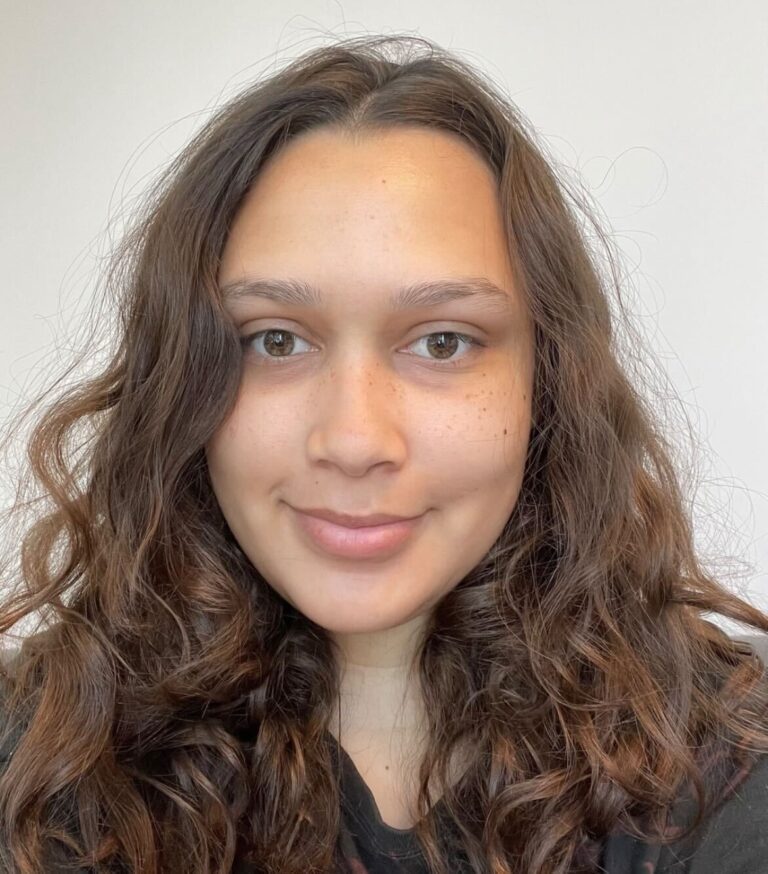Growing up as a shy, somewhat sheltered child, I fell in love with reading the first time I picked up a novel. Books were my refuge, my way of escaping the real world, my way of learning about experiences different from my own.
This fact still holds true to this day — reading is one of my favorite pastimes, as well as the most effective way to learn. Books like “1984” by George Orwell and “Fahrenheit 451” by Ray Bradbury served as a kind of entertainment as well as an education in the form of a warning about the horrors of censorship.
After reading and learning from books like these, the mass banning of books during the 2021-2022 school year, a phenomenon expected to continue this year, feels uncomfortably familiar.
The practice of book banning has been around for centuries with the first book ever banned in the United States dating from the 17th century. As long as people write about controversial topics, others will be there to challenge their ideas and strongly support banning the books.
Today, book banning tends to look like concerned parents reading what they consider an inappropriate text and questioning the necessity and appropriateness of having that book in the curriculum or in school libraries. Of course, as an avid reader myself, I am against banning books from schools. It is important to remember that the books available in schools, either through the curriculum or through the school library, have selected by librarians and educators in order to educate the students who will read them. These books are not just chosen arbitrarily – they have an educational purpose.
I can understand the idea of a parent raising concerns about a controversial book at their child's school. I can understand a parent's desire to have their opinions heard and for the education their children receive to be on par with their expectations. What happened last school year will seemingly continue, however, it goes far beyond that.
From July 2021 to June 2022, there were 2,532 cases of book bans (1,648 unique titles), compared to 273 in 2020, 377 in 2019 and 483 in 2018, according to PEN America. These bans cover more than 138 school districts in 32 states, with more than 4 million affected students. This is not the work of reactionary parents — rather, this unimaginably high number reflects the rise of advocacy groups trying to ban certain ideas from schools.
The ideas that such groups wish to censor become clear when they consider which books they target. A significant number of banned books during the past school year have either LGBTQ+ issues or a prominent LGBTQ+ character (41%), or contain a prominent color character (40%). This is extremely damaging because without representation, minorities can feel that they and their experiences are insignificant, invalid and worthless. Additionally, for those who are not LGBTQ+ or of a particular race or ethnicity, good representation provides critical education about issues such as racism and homophobia.
I believe that the organizations that come together to ban certain books do so with the insidious intent of promoting a conservative, heteronormative and racist agenda under the guise of seeking the innocence of children. When there are over 50 organizations like this, one of which has been classified as one anti-LGBTQ+ hate groupoperating at the local, state, or national level, made up of people who don't even have children in the schools they target, the motivations of those involved in this movement seem less like a personal concern and more like a political agenda.
Book bans mostly affect elementary, middle, and high school students, so at Northeastern we don't necessarily have to worry about book bans the way those in lower education need to.
However, with the number of books banned so far this year — at least 139 additional bans from July 2022 — it's safe to say the issue is still prevalent and will be for the foreseeable future. Banning books and censorship of any kind endangers education. It is suppression of speech and progressive ideas.
The belief that LGBTQ+ issues are inherent obscene and unsuitable and books with prominent characters of color or themes of racism are “Critical race theory,” an ingrained term that essentially encompasses any work involving race—especially work that makes white people uncomfortable—is harmful to these minorities.
It is important that different ideas are represented in curricula and school libraries so that children are able to develop their own perspectives, as well as understand different experiences and be exposed to different cultures. Personally, without reading the books I did growing up, I would be a different person than I am today. Just remember, you become the books you read.
Allana Knowles is a fourth year student majoring in politics, philosophy and economics. You can reach her at [email protected].



